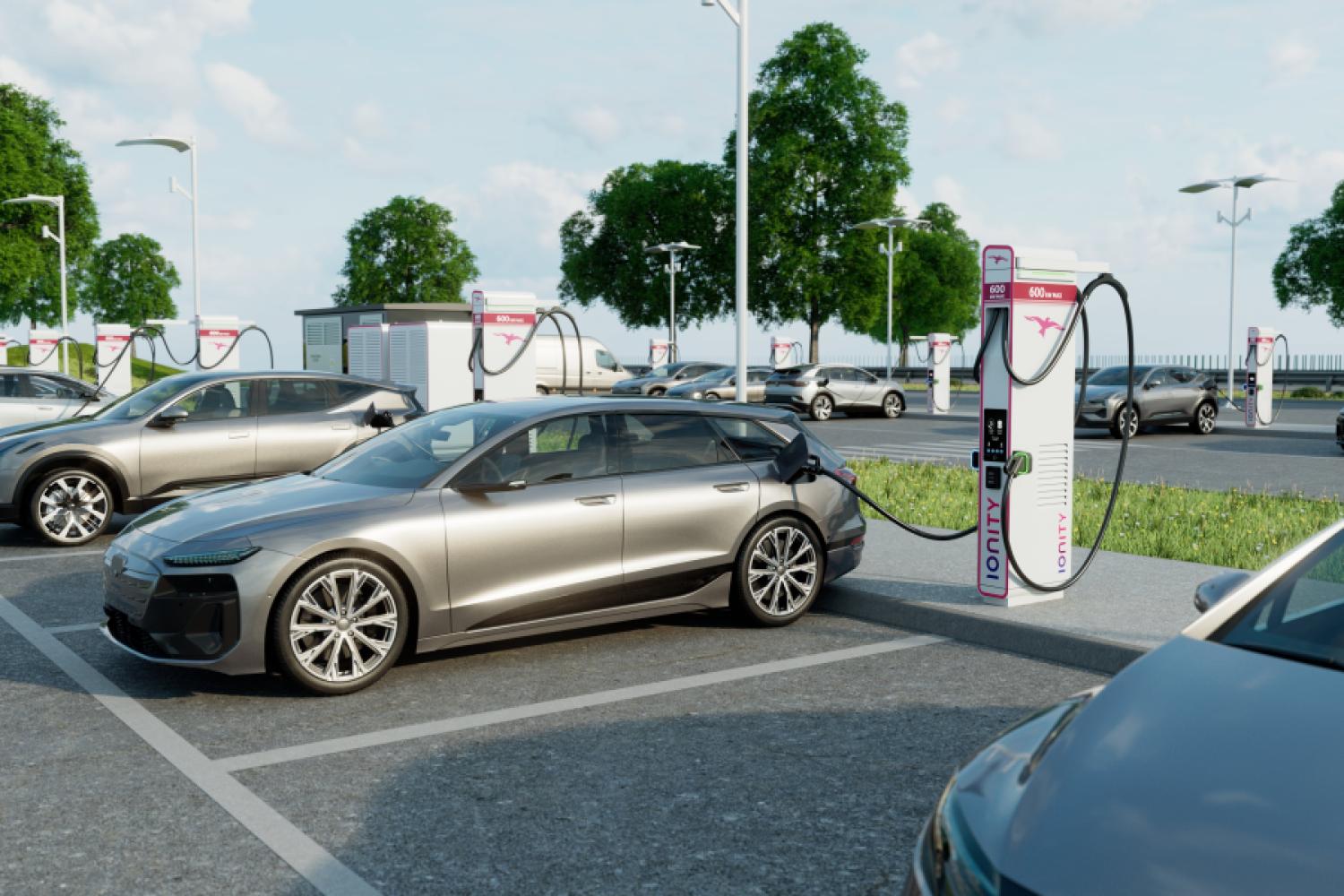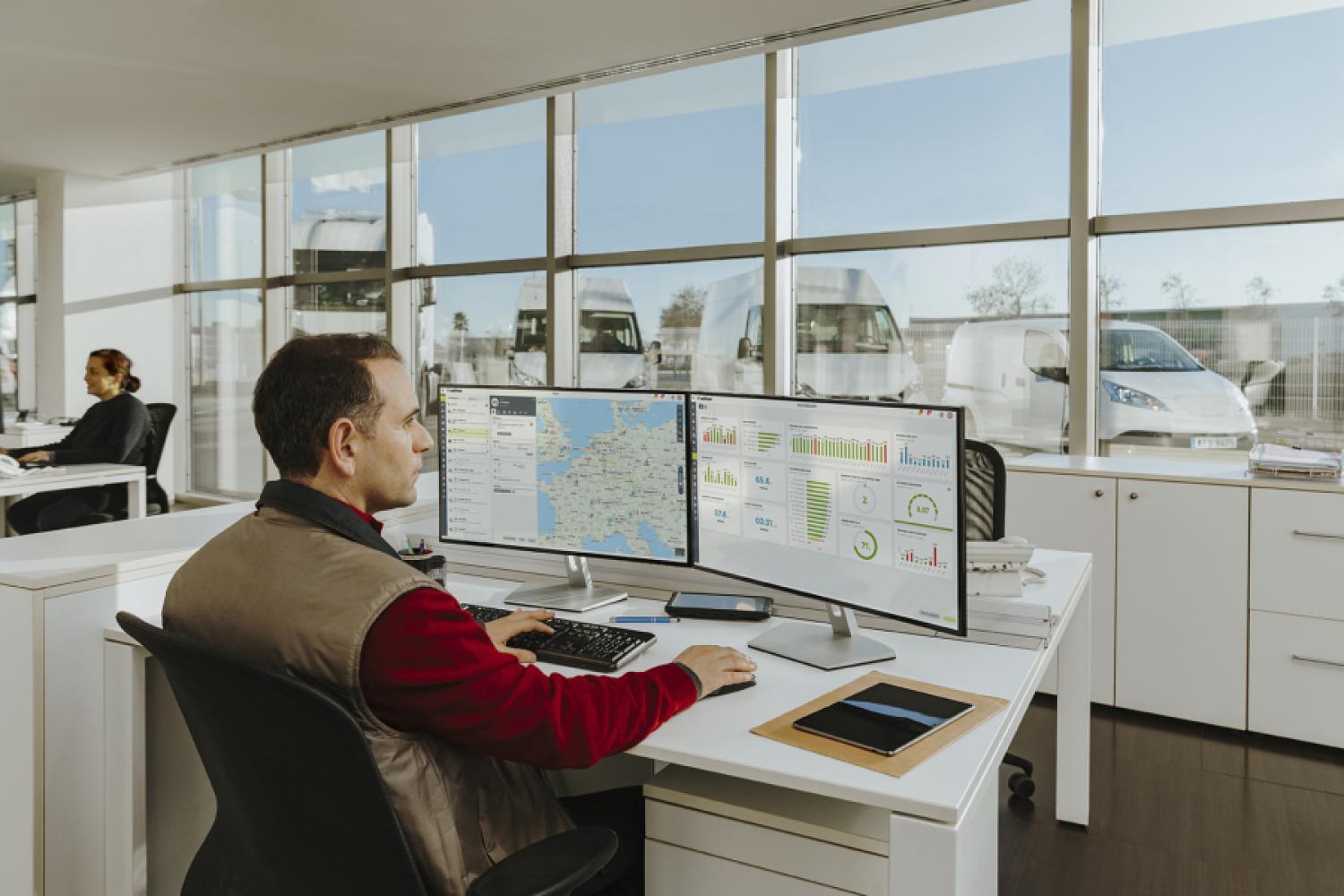Every order on the e-commerce platform Galaxus leaves a CO₂ footprint. This begins with the extraction of raw materials and the production of the product and ends with the delivery of purchases. Customers can make a voluntary contribution to climate protection for these consumption-related greenhouse gas emissions (formerly CO₂ compensation).
Cost of Living Takes Priority
In 2022, Swiss customers of Galaxus checked the box for the voluntary CO₂ contribution in just under twelve percent of all orders. However, as the company reports, the tide has turned. Since 2022, the cumulative inflation in Switzerland has been more than six percent. The resulting increase in the cost of living has shifted customer priorities, and the proportion of orders with a climate contribution is continuously decreasing. Currently, it stands at ten percent of purchases.
Savings Before Sustainability
Compared to neighboring Germany, the population in Switzerland is still significantly more generous in terms of climate protection. In Germany, the proportion of orders with a climate contribution has noticeably dropped: from eight percent in 2022 to a temporary 4.25 percent. With a cumulative inflation of about 17 percent over the past three years, saving has taken precedence over climate protection for many Germans. However, unlike Switzerland, it seems the lowest point has been reached in Germany for the time being. At the end of 2024 and the beginning of 2025, more Germans began investing in the environment with their Galaxus orders again – currently, the proportion stands at 4.8 percent.
In Switzerland, major city cantons like Zurich and Bern are often politically more left-leaning and green compared to the rest of the country. This is also reflected to some extent in the climate contributions at Galaxus: Most of the money per order in the climate fund of the online retailer comes from Basel-Stadt, Zurich, and Bern. Customers from the cantons of Valais, Appenzell Innerrhoden, and Schwyz make the fewest climate contributions per order.
German city-states lead in climate contributions
In Germany, the numbers of the most diligent “environmental investors” are reflected in the results of the recent federal elections. In the city-states of Hamburg, Berlin, and Bremen, residents are willing to pay a bit more for their orders for the sake of the environment. These are the federal states where Alliance 90/The Greens achieved their highest vote shares. In Thuringia, Saxony-Anhalt, Mecklenburg, and Saarland, the climate contribution is a lower priority.
The buyers in Switzerland and Germany are particularly motivated to make a voluntary climate contribution when it comes to clothing. The highest proportion is recorded in the sportswear sector. In Switzerland, traditional clothing follows directly in second place. Whether this is related to the disclosure of the country of origin of the clothes cannot be definitively answered. In the German ranking, sports articles also lead, followed by toys.
IT products are rarely subject to voluntary contributions
The least money for the benefit of the environment is given in both countries for orders of vehicle supplies and IT products. According to the company, the climate contributions invested by Galaxus in Switzerland and Germany in 2024 have reduced or prevented the emission of more than 96,000 tonnes of CO₂. This corresponds to around 375,000 car journeys from Zurich to Hamburg and back.






